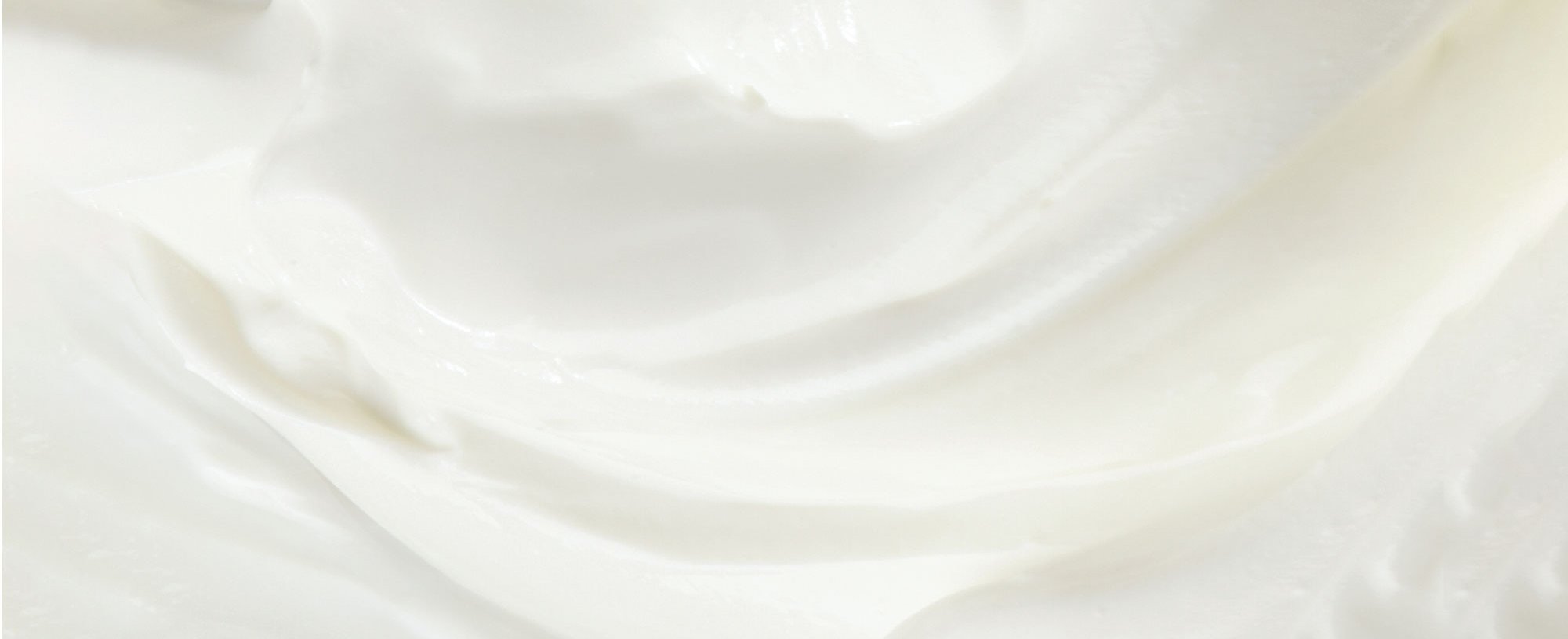Here’s a very important question that we’ve all wondered before: Will getting more sleep mean less noticeable dark circles? Waking up and noticing dark under-eye bags, and then scrambling to address them with an eye cream and concealer, is a struggle we can all relate to—and empathize with. After all, having dark shadows underneath our eyes isn’t exactly seen as a marker of healthy-looking skin and vitality. In fact, research shows that dark circles can make us look tired, sad, and older than we are. So, what’s the best way to help with the appearance of dark circles? Keep reading to learn what the research says about whether more sleep will mean less noticeable dark circles, plus learn about our best eye creams.
WHAT ARE DARK CIRCLES?
Dark circles are exactly what they sound like: dark areas that are circular, located underneath your eyes. If you’ve ever noticed darkness and puffiness in the area right beneath your eyes, you’ve experienced dark under-eye circles. They are incredibly common, and unfortunately, these shadows can develop as a normal part of the aging process, according to the Mayo Clinic. While under-eye circles usually aren’t a medical concern, they can be an instigator of cosmetic distress. This is because unfortunately, dark circles can give off a tired, aged, and even sad appearance, according to research published by the National Institutes of Health (NIH). Picture a vibrant, healthy-looking complexion—chances are your vision doesn’t include dark under-eye circles, does it? For all of these reasons, nobody likes dark circles. Period.
WHAT CAUSES DARK CIRCLES?
When you think of dark under-eye circles, there’s one age-old suggestion that probably comes to mind—sleep! However, it can be hard to tell whether or not getting more Z’s equals a brighter, lighter appearing under-eye area. In fact, some of the most common causes of under-eye circles, according to the Mayo Clinic, are allergies, eczema, fatigue, rubbing or scratching your eyes, thinning skin that comes with aging, and simply inheriting a propensity for them. Losing a few hours of sleep isn’t anywhere on the list. However, the Mayo Clinic does list extra sleep as a possible way to help dark circles. According to the Mayo Clinic, this is because even though short nights don’t usually cause under-eye circles, a lack of sleep can make your skin tone look pale—which can, in turn, make darkness underneath the eyes more noticeable. Therefore, it’s never a bad idea to try to commit to getting a bit more good-quality shut-eye.
If you’re dealing with puffiness under the eyes, however, the Mayo Clinic lists a slightly different set of causes, including smoking, fluid retention (such as after eating a very salty meal) and yes, lack of sleep. So, either way—whether you’re looking to improve the look of under-eye circles or puffiness—getting some extra sleep could be beneficial.
OUR BEST EYE CREAM FOR DARK CIRCLES
Now that we’ve established exactly what dark circles are, including how they’re most likely caused, you’re probably wondering how to address them and diminish their appearance. Allow us to introduce you to our best eye creams for under-eye circles.
L'Oréal Paris Age Perfect Eye Renewal Eye Cream: Formulated with powerful antioxidants, this eye cream targets common signs of aging around the eye area, including dullness and crow’s feet, as well as puffiness and under-eye circles. After continued use, the eye area will appear more rested, visibly smoother, and brighter. To add this eye cream into your own skin care routine, apply gently onto your under-eye area every morning and evening. You’ll want to apply this onto clean skin, right after you finish with your facial cleanser.
L'Oréal Paris Age Perfect Hydra Nutrition Manuka Honey Eye Gel: This eye gel is infused with nurturing manuka honey, a super hydrating ingredient, as well as calcium and antioxidants. With just one use of this eye gel, which has a rollerball applicator, your eye area will feel more comfortable with reduced dryness. After continued use over an eight-week time period, puffy bags are reduced, dark under-eye circles are brighter, and the eyes appear more youthful overall. What’s not to love? To use, simply swipe the rollerball gently underneath either eye, applying onto clean skin every morning and evening.
Editor’s note: Need something more to manage your puffy under-eye area? In addition to using an eye cream regularly, the Mayo Clinic suggests propping up your head and sleeping on two or more pillows each night.
OUR BEST COLOR CORRECTOR AND CONCEALER FOR DARK CIRCLES
As diligent as you are about using eye cream, and as much as you try to get extra sleep, some days will inevitably call for some heavy-duty makeup to help disguise the look of dark circles. We’re talking about concealer. When this happens, don’t panic—just reach for our best color corrector and concealer to help hide the look of dark under-eye circles. Here’s what to do:
Step 1: COLOR CORRECT
If your under-eye circles are severe, you’ll want to color correct the area before applying your concealer. To do so, use a peachy color corrector to help neutralize and mask darkness. Try the L'Oréal Paris True Match Color Correcting Crayon in Peach. Apply it over the darkened areas and blend out gently with your finger or a makeup blender, then move on to the next step.
Step 2: CONCEAL
After you apply your color corrector, it’s time to conceal. Reach for the L'Oréal Paris Infallible Full Wear Concealer Waterproof, Full Coverage, which provides full, long-lasting coverage—there’s no smearing or smudging! To use, simply apply an even layer onto the entire darkened area, then blend out using the L'Oréal Paris Infallible Blend Artist Foundation Blender.
Next, we’re investigating more skin myths: Can You Get Rid of Acne Scars?







